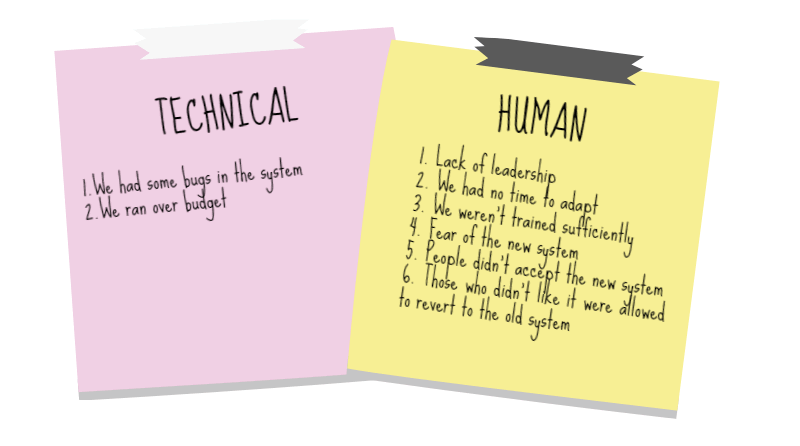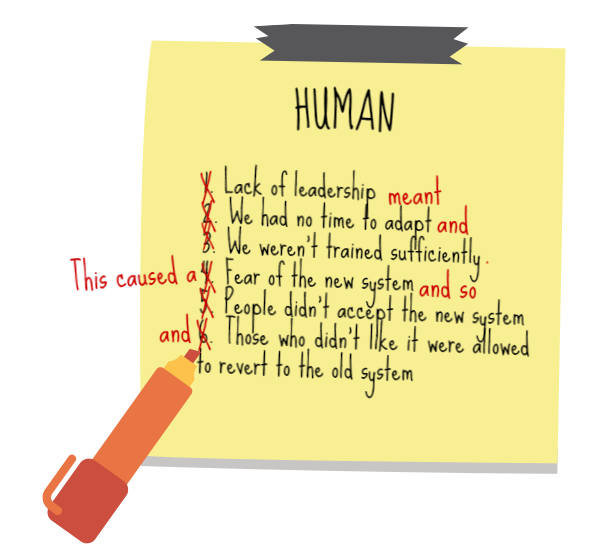- Mike Titchen
- May 09th, 2016
Change is an inevitable fact of life. We know that we must grow and develop alongside change, but it isn’t always easy to accept. It is particularly difficult when the change has been imposed on us; the end of a relationship, the loss of a job, kids deciding to fly the nest. We are unsettled by such changes, are unprepared, and can even become hostile when faced with the idea of adjusting.
There are few things that change as often, as rapidly, and as significantly as the world of business. So, surely, all companies place a great emphasis on ensuring teams are comfortable, prepared, and positive towards any changes within the organisation?
Unfortunately, this is rarely the case.
Neglecting the human side of change
All too often Change Management focuses only on the physical or technical sides of the change. Whether it is the logistical planning when updating machinery or the careful consideration of technicalities when changing the structure of an organisation, the physical details are almost always carefully managed. This results in success on the surface. The change appears to have been well managed and put in place, but an imperative and powerful part has been neglected: The human side of change.
What about the people who operate the machines? The team members physically and emotionally affected by the adjusted structure? By imposing the change on them, unwarned and unmanaged, you are likely cause the same discomfort, and be met by the same hostility, you have encountered yourself when faced with unexpected changes. It is this one mistake that can cause the long-term failure of your improvement initiatives.
The solution is to always consider your change in two categories: technical and human. The technical side refers to any the logistical or physical aspects of the change. This is the area you are likely to already be accustomed to managing. The human side of change will include anything that affects the people in the organisation. This is the area in which you ensure that there is an understanding, acceptance, and adaptability in your team. Both are equally important, and it is by understanding and implementing this balance that you can achieve support and longevity for your future change initiatives.
The proof is in the past projects
To truly understand the importance of considering the human side of change as well as the technical, it’s useful to recall an unsuccessful project from your past. Begin by listing the reasons that it did not succeed, and then divide them into the two categories: technical and human.

I would be surprised if your list of human-related issues is not greater than the list of technical problems. It is likely to be riddled with individual issues that you were left to tackle one by one. The issues could even accumulate to highlight one major problem that requires a large-scale resolution, such as an entire change in the company culture.
By not considering these issues before implementing change, your project never stood a chance.
The effects of change on the emotions of your team demands and deserves your attention. While technical issues can stall your progress or cause you to go over budget, the support of your team can be make or break. Invest time in not only preparing your team for change, but motivate them to be the change makers. Welcome suggestions and open up lines of communication. View initial resistance and questions as new opportunities and fresh perspectives that force you to reevaluate your plans. By doing so you will create a positive environment of change, in which the team is supported, and the team supports the change.



